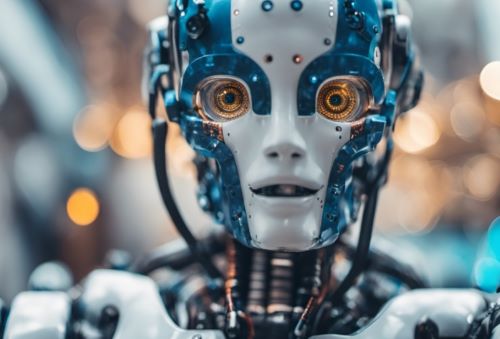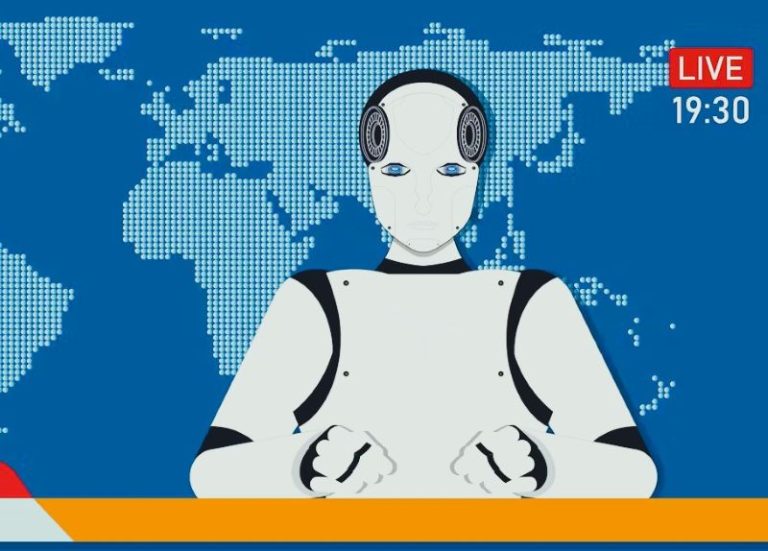

Manufacturing industries face tough challenges in today’s competitive market. Companies must balance quality, speed, and cost while adapting to changing consumer demands. Traditional manual processes often create bottlenecks that slow production and increase error rates. Modern facilities require innovative solutions that can adapt to complex production requirements.
The robotics ai technology offers new approaches to improve manufacturing operations. These intelligent systems can learn from patterns and make real-time adjustments without human intervention. Unlike traditional automation that follows fixed programming, AI-powered robots adapt to changing conditions. Let’s explore how AI can change manufacturing workflows and deliver measurable improvements across production lines.
Automated Quality Control and Inspection
AI-powered robots can perform quality inspections with a precision that surpasses human capabilities. These systems use advanced sensors and machine learning algorithms to detect defects in real time. Computer vision technology identifies imperfections that might be missed by human inspectors. Automated inspection reduces waste by catching problems before they move to subsequent production stages. The continuous monitoring capability ensures consistent quality standards throughout the entire manufacturing process.
Predictive Maintenance for Equipment Performance
Intelligent systems can predict when machinery needs maintenance before breakdowns occur. These platforms monitor equipment performance patterns and identify potential issues early. Predictive maintenance reduces unexpected downtime and extends equipment lifespan significantly. The technology analyzes vibration patterns, temperature fluctuations, and other performance indicators to forecast maintenance needs. This proactive approach saves money by preventing costly emergency repairs and production delays.
Supply Chain and Inventory Management
AI-powered robots can improve inventory levels and supply chain operations. These systems track materials in real time and automatically reorder supplies when needed. Smart inventory management prevents stockouts while minimizing excess inventory carrying costs. The technology can predict demand patterns based on historical data and market trends. Automated material handling reduces human error and speeds up the entire supply chain process.
Flexible Production Line Configuration
Modern manufacturing requires flexibility to adapt to changing product specifications and market demands. AI robots can be reprogrammed quickly to handle different products on the same production line. With this approach manufacturers can switch between product lines without significant downtime. The technology enables mass customization while maintaining efficient production speeds. Flexible configuration also reduces the need for multiple specialized production lines.
Real Time Process Improvement
AI systems continuously analyze production data to identify opportunities for enhancement. These intelligent platforms can adjust parameters in real time to boost efficiency and output quality. Machine learning algorithms identify patterns that humans might miss in complex manufacturing processes. Real-time adjustments reduce waste, improve energy efficiency, and increase production throughput. The technology creates a self-improving system that gets better over time.
The primary benefits of this technology are:
- Reduced cycle times through intelligent scheduling
- Lower energy consumption via improved operation parameters
- Better resource utilization across production facilities
- Enhanced product quality through continuous monitoring
- Decreased waste generation through precise control systems
Enhanced Worker Safety and Collaboration
The robotics ai can work alongside human workers to improve safety and productivity. These collaborative systems handle dangerous tasks while allowing humans to focus on complex problem-solving. AI-powered robots can identify potential safety hazards and alert workers to dangerous conditions. The technology creates safer work environments by removing humans from high-risk situations. Collaborative robots enhance human capabilities rather than replacing workers entirely.
Some of the safety enhancement features are:
- Automated handling of hazardous materials and processes
- Real-time monitoring of workplace safety conditions
- Emergency response systems that react faster than human reflexes
- Ergonomic support that reduces repetitive strain injuries
- Environmental monitoring for toxic gases and dangerous conditions
Intelligent automation technology offers great potential for manufacturing operations across multiple dimensions. These systems improve quality control, enable predictive maintenance, and enhance supply chain management effectively. The technology provides flexible production capabilities while improving worker safety and collaboration. By implementing these solutions, manufacturers can achieve significant improvements in efficiency, quality, and competitiveness. This technological evolution represents the future of manufacturing, where intelligent systems work alongside humans to create superior products.


